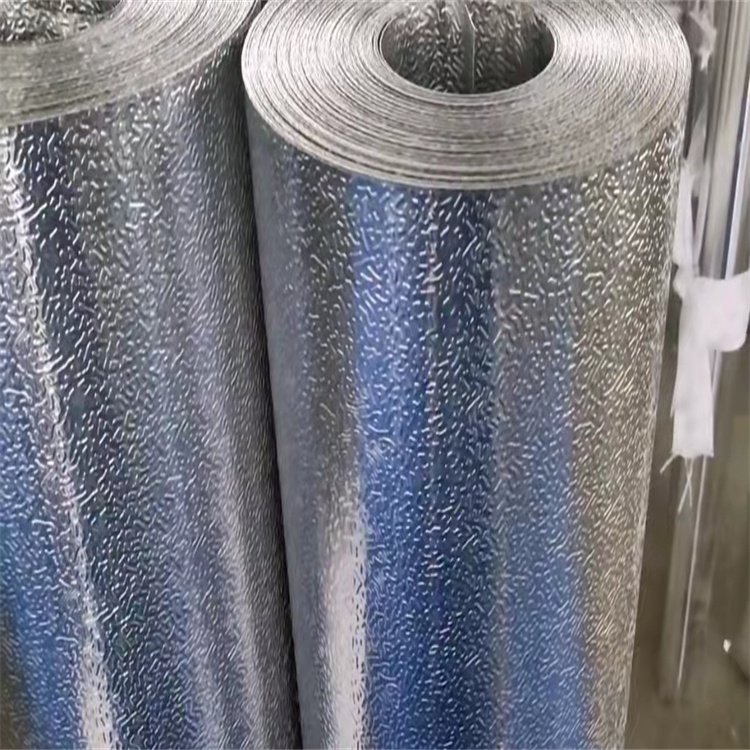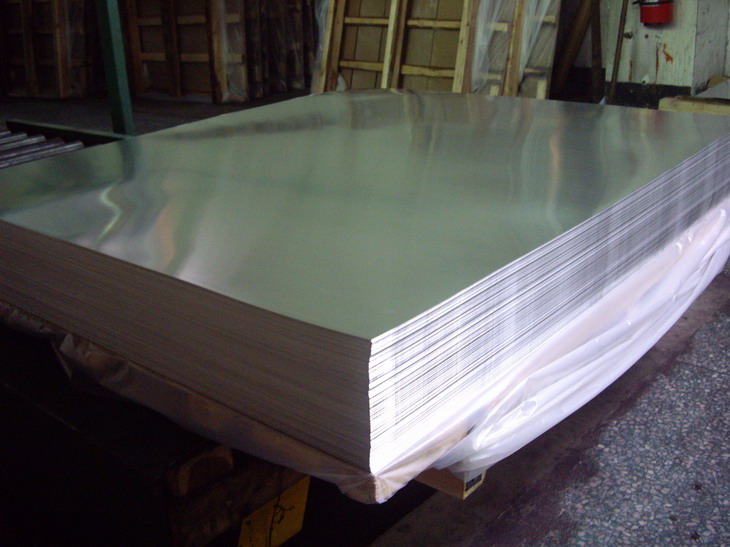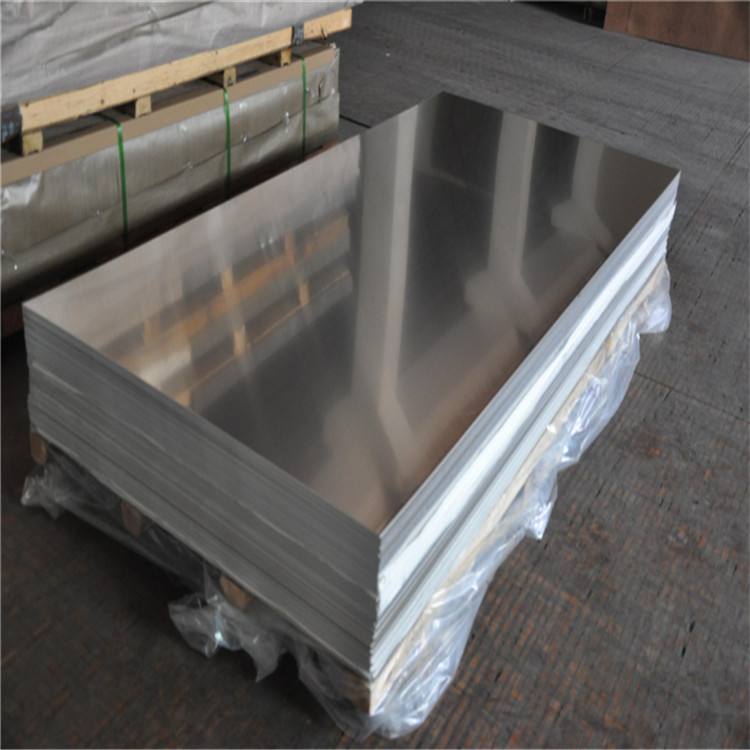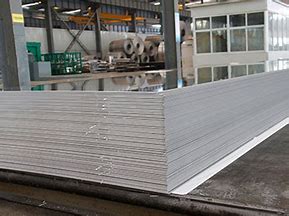



One of the characteristics of aviation aluminum plate made of aviation aluminum alloy is that it is difficult to weld. Therefore, in the welding process, there are some problems in aviation aluminum plates. So, what exactly are these problems? Today, Haomei will introduce it to you!
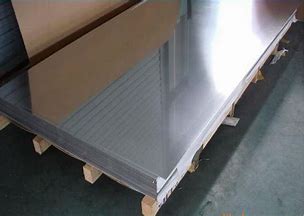
(1) It is very easy to oxidize. In air, aluminum is easily combined with oxidation to form a dense aluminum oxide film. The surface of the alumina film is easy to adsorb moisture, and when welding, it hinders the fusion of the base metal, and it is easy to form defects such as pores, slag, and non-fusion, causing the performance of the weld to decrease.
(2) Aviation aluminum plate is easy to produce pores when welding. The main reason for the pores produced when aluminum and aluminum alloys are welded is hydrogen, because liquid aluminum can dissolve a large amount of hydrogen, while solid aluminum almost does not dissolve hydrogen, so when the molten pool temperature is rapidly cooling and solidifying, hydrogen is too late to escape, and it is easy to accumulate in the weld to form pores.
(3) The weld deformation and the formation of cracks on the aviation aluminum plates are large. The linear expansion coefficient and crystal shrinkage of aluminum are about twice that of steel, which is easy to produce large welding deformation internal stresses, and the rigid structure will promote the generation of hot cracks.
(4) The thermal conductivity of aluminum is large. It is about 4 times that of steel, so when welding aluminum and aluminum alloys, more heat is consumed than welding steel.
(5) The alloy elements in the aviation aluminum plate may evaporate and burn when welding. Aluminum alloy contains low boiling point elements (such as magnesium, zinc, manganese, etc.), under the action of high temperature arc, it is very easy to evaporate and burn loss, thereby changing the chemical composition of the weld metal and reducing the performance of the weld.
(6) High temperature strength and low plasticity. At high temperatures, the strength and plasticity of aluminum are very low, which destroys the formation of weld metal, and sometimes easily causes weld metal collapse and welding.
(7) No color change. When aluminum and aluminum alloys change from solid to liquid, there is no obvious color change, making it difficult for the operator to grasp the heating temperature.
In view of the welding difficulties of aviation aluminum alloys, it is a development trend to manufacture integral structural parts through thermal deformation of aviation aluminum plates during welding.
* Thank you for your inquiry. Please provide your business needs information so that we can better serve you.
This information can help us assign the most suitable person to solve your problem. We will give you feedback within 1-2 working days.
Related Blog
